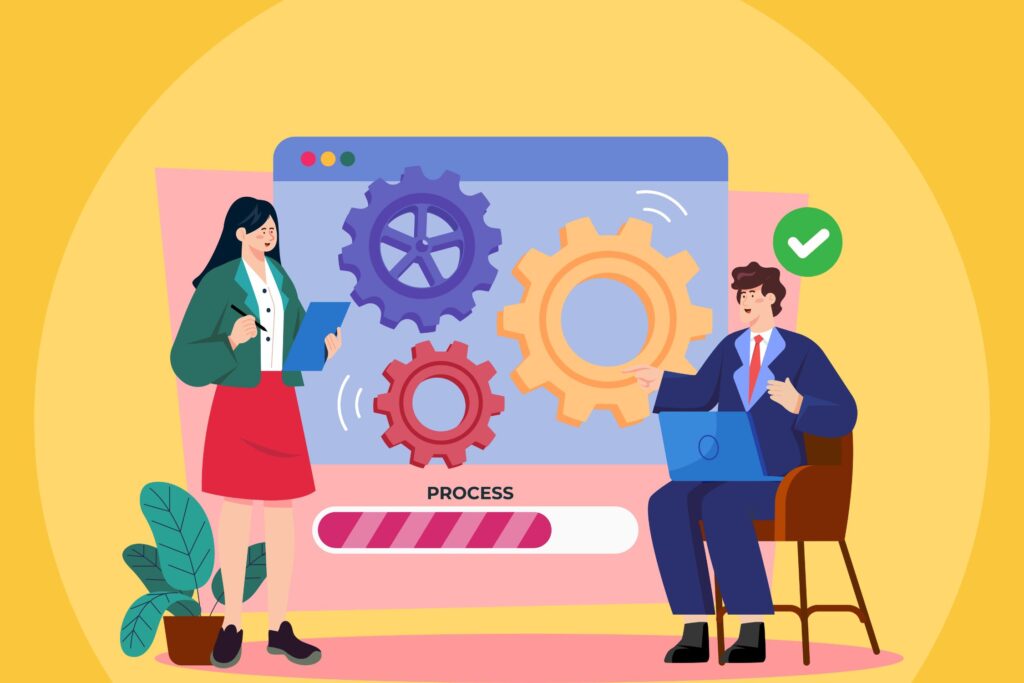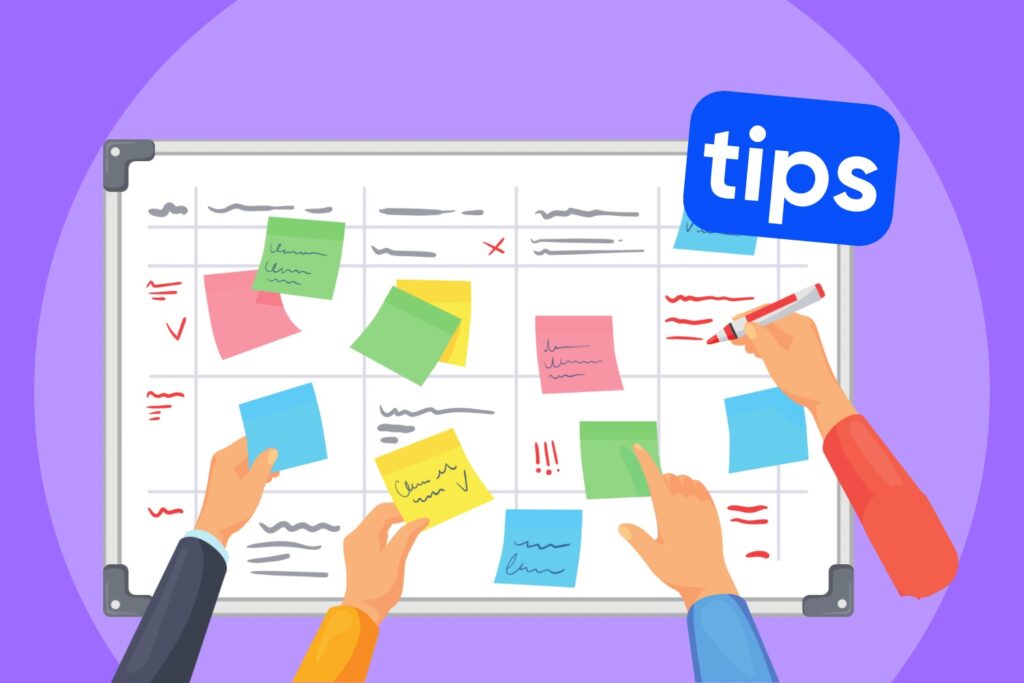Predicting the Future of Sales: How ERP and Big Data Work Together

Sales has always been part science, part intuition. But in today’s digital world, the science part is growing fast—thanks to Big Data. It’s no longer just about how persuasive your team is; it’s about how well they understand customer behavior, market shifts, and what’s likely to happen next. That’s where ERP systems come in. They gather and analyze large volumes of information across departments, helping teams make smarter, faster decisions. In fast-moving tech environments, an ERP system for IT enables teams to keep pace with change and manage data-intensive processes more efficiently.
The goal isn’t just to collect data—it’s to make it useful. Without structure, Big Data is overwhelming. With an ERP system in place, that raw information turns into real-time insights, visual dashboards, and reports that actually tell a story. And when sales teams can read that story clearly, they can plan, pivot, and prioritize with much more confidence.
From Raw Data to Real-Time Sales Insights
Imagine your sales data as a sea of numbers: leads, orders, call logs, marketing responses, and revenue targets. On their own, these figures don’t reveal much. But when connected across departments using an ERP system, patterns and opportunities start to emerge.
ERP platforms unify your data from different areas—sales, marketing, support, and finance—into one source of truth. This eliminates guesswork and manual tracking. Instead of juggling multiple spreadsheets, teams get instant access to KPIs, pipeline activity, and customer histories.
For example, if your team sees a sudden drop in engagement for a specific product, you can use ERP data to trace the cause. Did a competitor release a similar item? Is it a seasonal decline? Are there delays in delivery? Within a few clicks, the ERP system helps you trace the trend to its source.
In fast-paced tech environments, where decisions can’t wait, ERP for IT project management goes even further. It connects the dots between incoming sales and backend capacity—so teams don’t overpromise or underdeliver. Sales projections aren’t isolated; they’re synced with what your team can actually produce.
Forecasting Trends, Not Just Tracking Them
One of the biggest advantages of using Big Data in ERP is the ability to forecast trends. It’s not just about reacting faster—it’s about anticipating what’s coming.
Modern ERP systems use historical data, behavioral patterns, and current market dynamics to help sales teams forecast demand. Want to know which product lines are likely to grow in Q2? Or whether your clients are ready for an upsell? ERP tools can help you get there with more than just a hunch.
With visual dashboards, it’s easy to spot trends over time. These insights aren’t just useful for sales teams; they can inform marketing campaigns, inventory planning, and even hiring decisions. If you know that demand spikes every summer, you can prepare your resources ahead of time.
For companies in the IT space, where customer needs evolve quickly, ERP solutions for managing IT business provide a massive edge. These systems track what your customers need now and help you predict what they’ll expect next. Whether it’s a shift in cloud services or rising interest in a new platform, the data helps you get ahead of the curve.
Turning Strategy into Action
What separates data-rich companies from data-smart ones is how they use information. ERP systems don’t just show you charts—they help you act on what matters.
With customer segmentation tools, for example, sales teams can filter prospects based on behavior, purchase history, location, or company size. That way, your team isn’t using the same pitch for every lead. Instead, they can personalize outreach based on actual needs.
Got a group of customers who haven’t ordered in a while? Use automated reminders tied to your ERP system to re-engage them. Have VIP clients with a history of repeat purchases? Plan targeted campaigns with tailored offers. And when your sales and marketing teams work from the same data, you eliminate the silos that slow down momentum.
The Bigger Picture: Building a Data-Driven Culture
Using Big Data through ERP systems changes more than just how your sales team works—it changes how your entire organization thinks.
It encourages teams to ask better questions: Why are certain leads converting faster? Which products are fading, and which are on the rise? Where is your sales cycle getting stuck? The answers aren’t just guesses—they’re backed by real-time data.
Even better, as your ERP system evolves, the insights become sharper. Machine learning and AI features are starting to appear in many ERP platforms, which means trend predictions will get more accurate over time. And that helps not only with sales planning but with strategic decision-making across the business.
Final Thoughts
Big Data is more than just a buzzword—it’s a key to smarter selling. But without a system to harness it, that data becomes a burden. ERP platforms help transform messy numbers into meaningful insights, connecting your sales strategy with your broader business goals.
Whether you’re running a startup, scaling a mid-size company, or managing multiple teams across departments, the right ERP setup gives you the clarity to move fast and the insight to move smart. It makes your sales process more focused, more adaptable, and more predictable—exactly what growing businesses need in today’s competitive world.
When you can see what’s happening—and what’s likely to happen—you’re not just keeping up. You’re staying ahead.
you achieve your goals!






